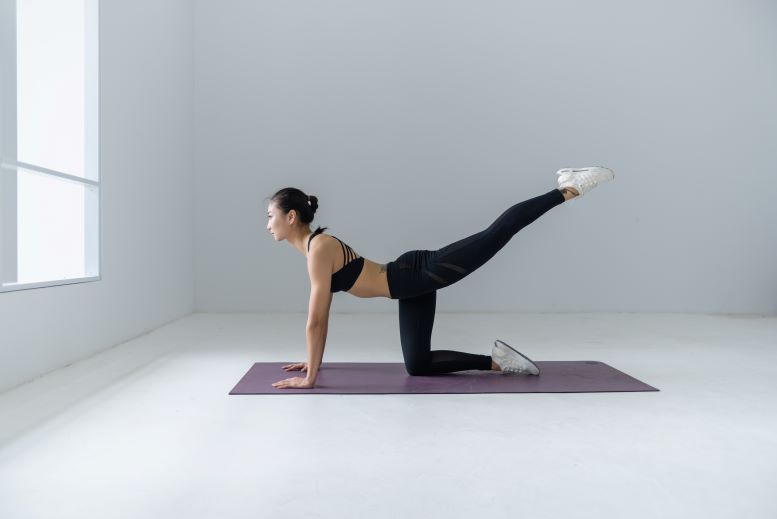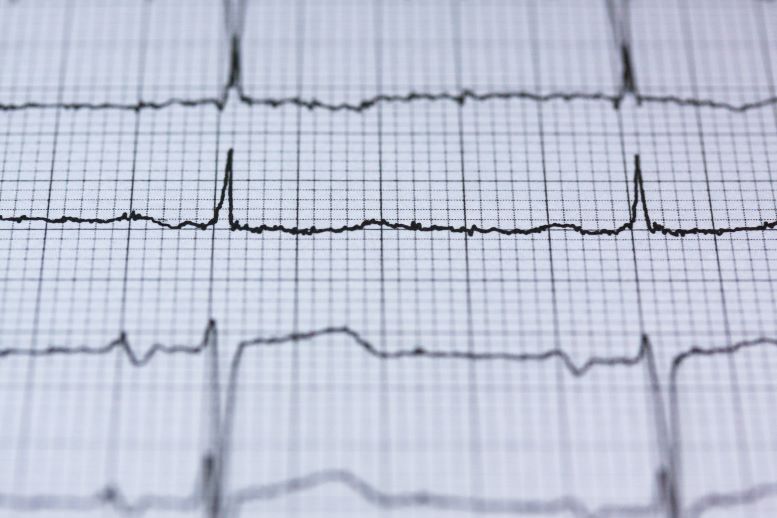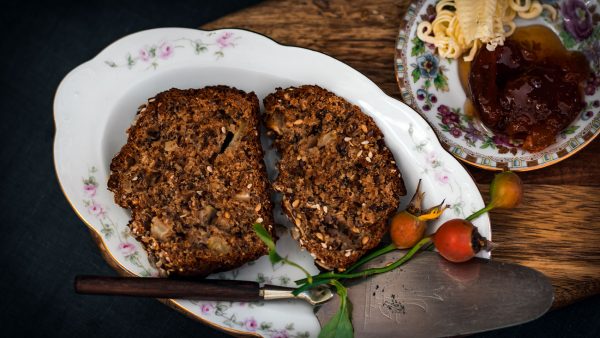Sports
How Women Can Avoid Common Weight Loss Mistakes

Photo by Emilia Czarnota from Pexels
Many of us would like to lose weight in order to be healthier and more confident. However, some of the ideas we bring with us on our weight-loss journeys actually hold us back. Women often have a harder time losing weight than men, and that all comes down to the differences in our bodies and how we approach weight loss.
Here are some tips to help you achieve your goals on your timeline.
Pay Attention to Nutrient Intake
Weight loss can only be achieved through caloric deficit — meaning you eat less, burn more, or both. Unfortunately, many people cut back on calories without otherwise changing their diet. If you already happened to eat a very nutritious diet, that might be okay. If not, you could wind up losing the vital nutrients you need to thrive. Adding a supplement such as a daily green drink can help get these nutrients back into your food plan without adding too much in the way of caloric volume.
Transitioning to foods with low caloric density can help as well. For example, compare a brownie and some leafy greens. The brownie may have a high-calorie count in a very small portion — in fact, you might have to eat an impossible serving of greens to match the brownie. Going with less dense foods helps you feel more full, get more satisfaction from your meals, and gives you wiggle room to enjoy the occasional brownie, too.
Focus on Trends

Photo by Li Sun from Pexels
One of the major ways women can sabotage themselves when it comes to losing weight is to get too caught up in day-to-day changes. Your menstrual cycle means your body spends the whole month going through hormonal changes. These fluctuations will have an impact on your weight and figure. They’ll cause you to retain water, bloat, and can even increase your appetite.
This is all perfectly okay, natural, and normal, but it can be discouraging. Instead of focusing on how your weight or body changes by the day, spread out your weigh-ins further. Checking your progress monthly is often your best bet. This gives you time to really gauge whether or not you’re on track.
Listen To Your Body

Credit photo andrea piacquadio on Pexels
Exercise is an important part of losing weight and developing a healthy lifestyle. If you’re not used to working out, however, it’s easy to overdo it. Your image of a typical workout session could be far more strenuous than you’re expecting. Many women try to push through and get injured in the process.
The best way to make sure you don’t hurt yourself while exercising is to take it slow and pay close attention to how your body feels during and after you exercise. It’s normal to feel a little sore in the days after a good workout, but if you’re feeling a lot of pain, wait till it lets up to dive back into a full routine, and see a doctor if it doesn’t fade or improve.
Value Non-Scale Results
Finally, take some time to pick some non-scale goals, and learn how to recognize results that might not show up in weight alone. After all, someone who only has a little bit to lose could — through diet and exercise — wind up gaining enough muscle to maintain or even slightly gain weight. They’re still healthier, however, because they’ll have lowered their body fat percentage and grown stronger and more fit along the way.

Credit photo pexels-pixabay-415779
A great way to prove to yourself you’re getting results even if you’re not seeing them on the scale is to have your blood checked. Get this done at the start of your weight loss journey, and get re-tested periodically. If your blood pressure, cholesterol levels, and other vital signs are improving, you’ll know you’re doing right by your body, regardless of the number on the scale.
Weight loss can be challenging, but keep your focus on the lifestyle changes you’re making along the way. After all, eating more nutrient-rich foods and getting exercise can only help you in the long run, even if your weight loss progress is slow. Remember — it’s not a race! So follow the timeline that works best for your body.
About the author:
Sheila Johnson left the corporate world and long hours behind to start her own business. She’s seen so much personal success with her health and wellness routine that she wanted to share it with others. By creating WellSheila.net, she hopes that sharing her story will help people put their physical and mental health first.





